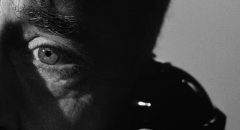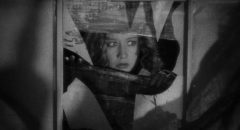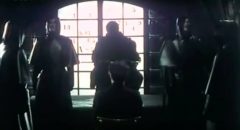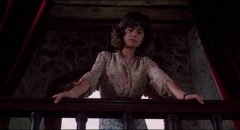
In 1964, Sidney Lumet’s serious movie about nuclear paranoia, Fail-Safe, had a tough time competing with Stanley Kubrick’s manic black comedy Dr. Strangelove, but it holds its own today as a portrait of a particular moment in social and political history. Meanwhile, Franklin Adreon’s pair of no-budget time travel thrillers from 1966, Cyborg 2087 and Dimension 5, are empty-headed entertainment which offer a touch of nostalgia to genre fans.








